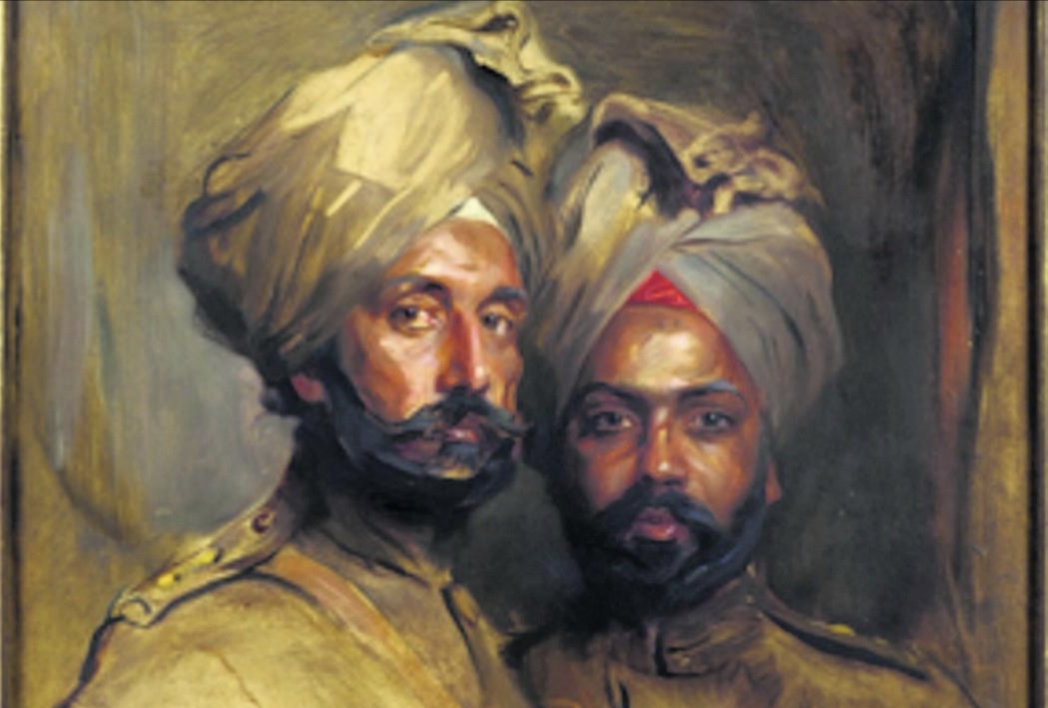London: The British government has temporarily banned the export of a portrait made by Anglo-Hungarian painter Philip de Laszlo of two Indian Sikh soldiers who took part in the First World War so that it could not be taken out of the country.
The government has imposed this ban to give time to an institution in the country to buy this magnificent and sensitive painting.
The painting, worth around Rs 6.5 crore, depicts equestrian officers Risaldar Jagat Singh and Risaldar Man Singh, junior commanders of the British-Indian Army force who served in the Battle of The Somme in France. Both are believed to have attained martyrdom during the war itself. This picture is quite rare, which shows the active participation of Indians in the First World War.
“This magnificent and sensitive painting represents an important moment in our history when troops from all over the world were brought in to help fight in The First World War,” said Lord Stephen Parkinson, Britain’s Minister of Art and Heritage. Over 1.5 million Indian soldiers were deployed during The First World War and according to records, the two soldiers in the picture were seated in front of Philip de Laszlo in London two months before they were sent to fight in France so that he could draw their portraits.
De Laszlo is believed to have created this painting for his collection and it was kept in his studio until his death in 1937. The British government has banned the export of this picture on the advice of a committee.






